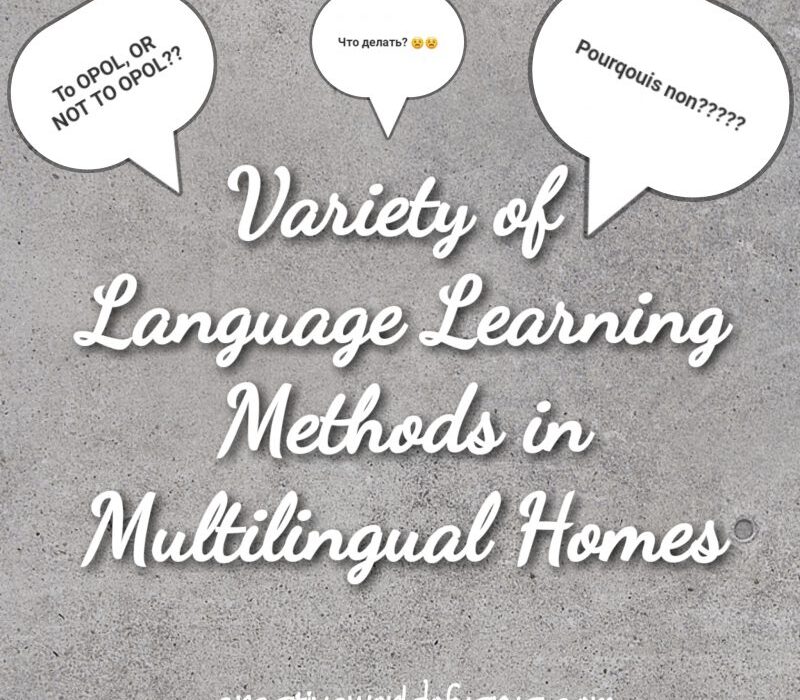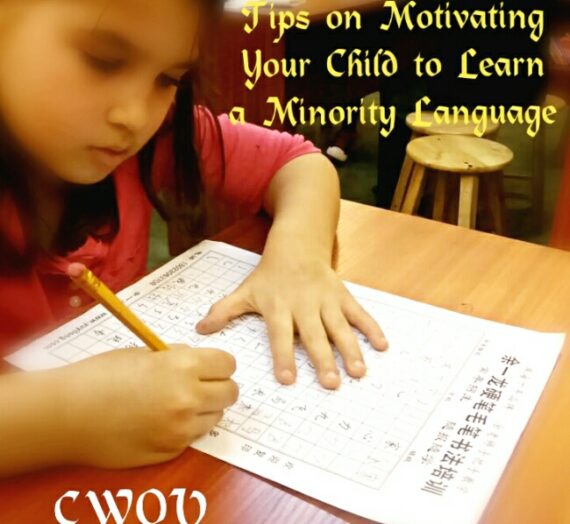 If you follow my blog, you can see that I haven’t posted for some months. There are few reasons for that. And I am happy to make a comeback by participating in A to Z of Multilingual Children – a series organised by my blogger friend Annabelle of The Piri-piri Lexicon.
If you follow my blog, you can see that I haven’t posted for some months. There are few reasons for that. And I am happy to make a comeback by participating in A to Z of Multilingual Children – a series organised by my blogger friend Annabelle of The Piri-piri Lexicon.
I got the letter V and I decided to talk about Variety of Language Learning Methods in Multilingual Homes.
I happen to start my multilingual journey when I was very young and I was growing up in a small town in Buryatia. We had neighbours who were local and who, apparently, spoke Buryat language to me. My mom accidentally saw me replying to them and having a casual conversation.
I was 4+ when we left that area. And I have since forgotten the language. But I have always had a very strong attachment to new languages. I loved the sound of English, French, Hindi, Arabic – you name it.
And so when it was time for me to choose a profession, I became a teacher and a philologist.
I can’t say I am very consistent with teaching my mother tongue to my children. But until they were two, I spoke Russian to them 90% of the time, with switching to English as it is our family language. Once they turned 2, they sort of chose English as it was the main language my husband and I speak to each other and to our friends.
So, you decided to raise a multingual. Where to start?
First of all, choose a method you want to follow. The variety of methods comes down to the following three:
– OPOL (one person -one language)
– Code-switching (when parents switch between languages they want their children to learn on daily basis)
– ML@H (minority language at home).
There are some variations to that where can dedicate a day or two every week to speak a particular language.
Second, have your family’s support. Or try getting it. People in your family – your spouse, you in-laws, and other relatives, have to understand that you want to raise your child a certain way. I am yet to meet a family where relatives opposed the child learning a language. Though, it is not unheard of.
And third, remember – it is never late to change your methods, or adjust it to suit best you family’s needs. There are so many ways to support language learning – you can find some in my article on 100 Ways to Encourage a Foreign Language Learning.
At the end, I’d like you to take a fun quiz to see what method suits you best!
Mark the statement with “yes”, “no”, or “not sure”:
1. You speak more than 1 language (if yes, go to #3!)
2. You want to speak more than 1 language.
3. You want your children to speak more than 1 language.
4. When you are upset, you express yourself in your own language (if you answered “no” for #2, ignore this one!)
5. You have no one to speak your language with , so you hope your children will make up for it (if you answered “no”for #2, ignore this one!)
6. You want your children to speak a language that you always wanted to learn.
7. You want to have a secret way of communicating with your children.
8. You really don’t care who speaks what, you just want everyone to get along!
Now, check your results:
– If you answered “yes” to all or most, you can go ahead and chose any methods from the above. And you can’t hold me responsible!
– If you answered “no” to all or most, it is time to move abroad or send your children to a bilingual school!
– If you answered “not sure” or “don’t know” to all or most – you are utterly confused, and I hope you find some clarity for yourself in this post!
P.s. this test was intended as a joke, and didn’t aim at offending anyone. Whatever method you choose to support multilingualism at your home, do so with confidence that it WILL be beneficial to you and your children.


